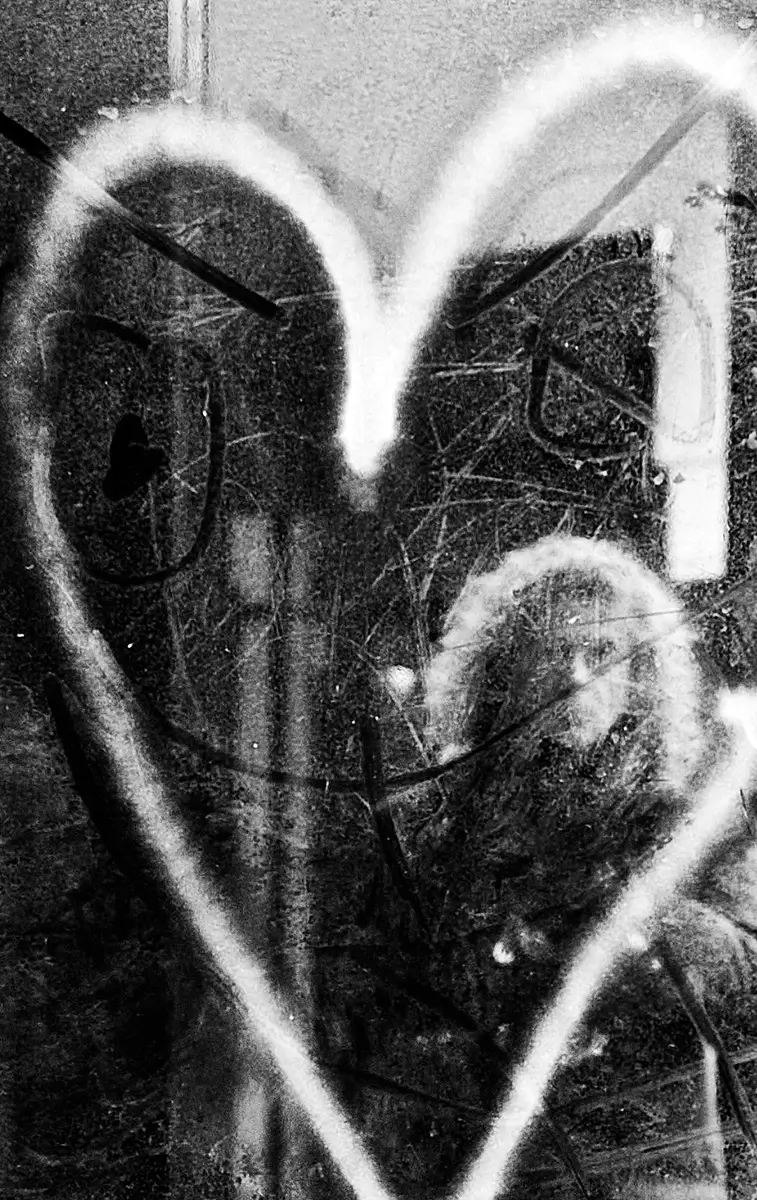For Laurent, a photo is a mirror or a window, often both.
Born in 1972, Laurent lives in Bordeaux. A self-taught photographer, he is passionate
about literature, still and moving images. In the early 2000s, he wrote and directed several
short films.
After a career in the web world, he put his skills at the service of the community by
creating a non-profit webradio. After 13 years of listening and giving voice to different
audiences, he felt the need to express himself again.
In 2020, at the dawn of his fifties, he plunged him into a long reflection. He decided to
change course and to take a difficult but necessary step to give meaning to his life: to
become a professional artist photographer.
Rather solitary, he likes to spend time in the company of friends he has never met. A
heterogeneous tribe where A. Titarenko, D. Arbus, D. Lynch, A. Hitchcock, The Cure, Nick
Cave and many others. With a special affection for Jean Cocteau. Very early on, he
followed his advice, « What the public reproaches you for, cultivate it, that’s you ».
His work has quickly conquered Instagram and the interest of the public and professionals
(press, galleries contests, festivals…). Laurent regularly sells his photos in limited editions
to clients in France and worldwide.
